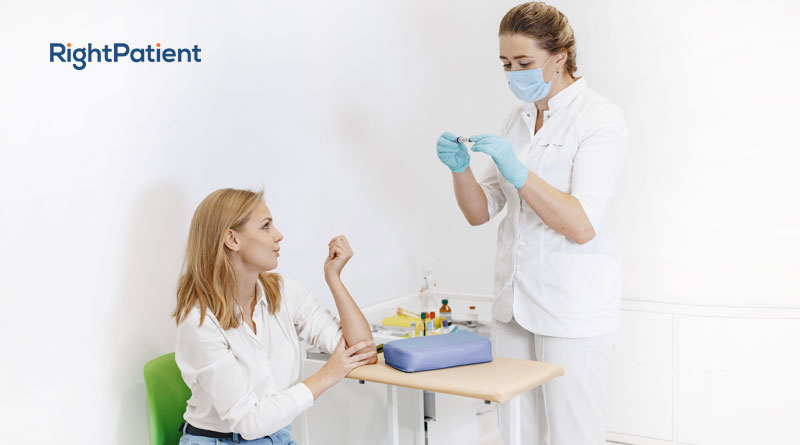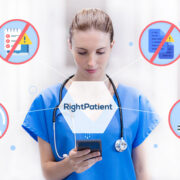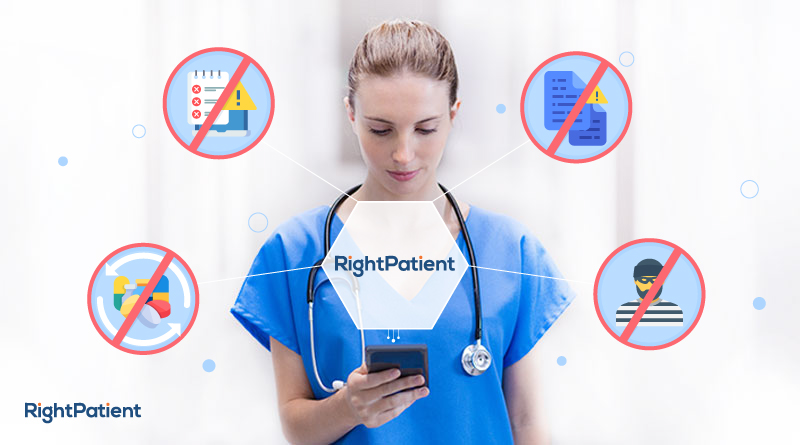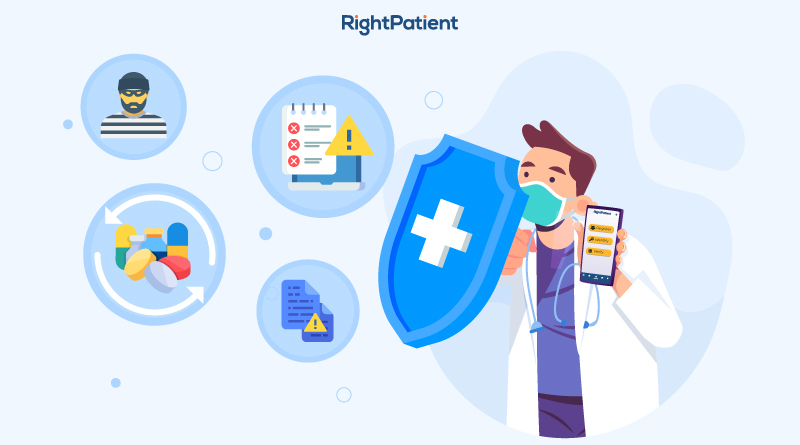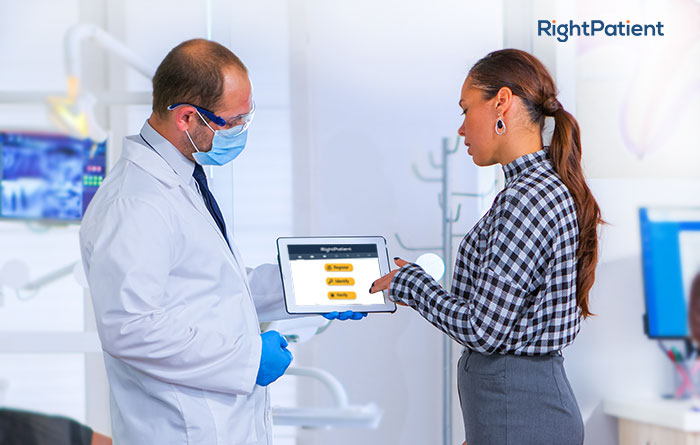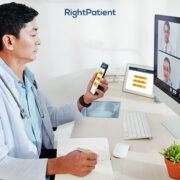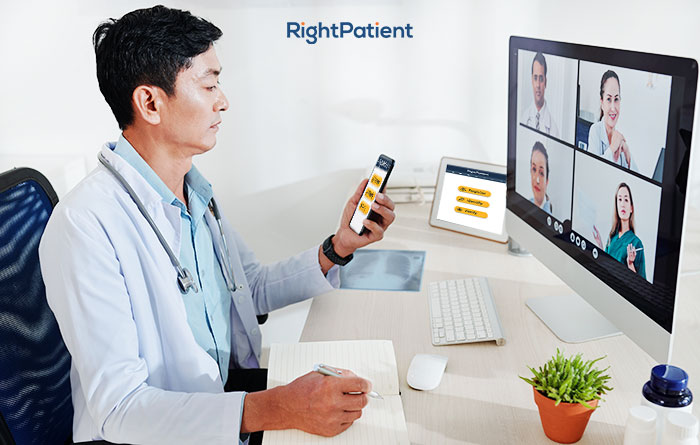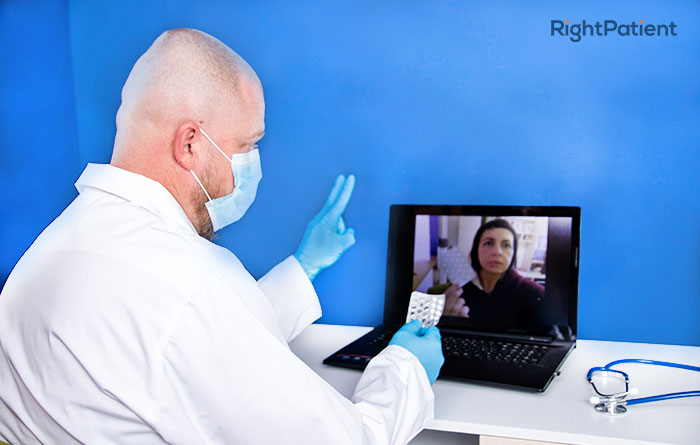It’s Time to Improve the Patient Experience as In-Person Medical Visits Are Back

Now that lockdown is easing, in-person visits to medical facilities for non-urgent reasons can resume. Masks are being removed, people can come into closer contact than they could previously, and the routines of everyday life are returning. This is where hospitals can put into practice new ways of working which were adopted because of the pandemic and improve the patient experience.

RightPatient improves the patient experience
More virtual appointments to prevent waiting times and improve punctuality for those patients who do need to be seen in person. Telephone triaging so that the patient is routed to the correct specialist faster. Individual consultations rather than groups which may encourage patients to be more open about their ailment, or group sessions held remotely so patients who work better with a support network can still have that feeling of accountability. All of these, when used appropriately for the individual patient, can improve the patient experience, reduce patient safety incidents, and improve healthcare outcomes.
Virtual consultations may not be for everyone
Of course, a touchless biometric patient identification platform such as RightPatient can improve quality and safety in healthcare where it is used. As hospitals and other healthcare locations move towards dealing with higher numbers of routine patients again, anything which can simplify the process should be welcome. There is a significant backlog of routine procedures which need to be undertaken having been canceled in favor of treating COVID infected patients, so all the staff members are likely to be busy for some time to come. Some workers were furloughed, other facilities had departments closed and remaining staff diverted to caring for acutely ill patients. Now, they need to return to their more usual work, while picking up the pieces of disrupted patient treatment pathways and working to improve the patient experience.
Naturally, this had a knock-on effect on medical income, with the loss to hospitals estimated to be somewhere between $320 billion to $325 billion. Now that people are receiving vaccines at speed and the rate of infection is slowing, medical facilities can begin to work on regaining some of that lost income and treating those patients who may have chronic conditions or have developed one after overcoming COVID.
Normal, but not normal
Just because everything is opening up again doesn’t mean that everyone shouldn’t be alert to the potential for new variants of the virus. Like ‘flu and colds, the COVID virus mutates, and there is always the risk that the next outbreak could be just as virulent. Keeping social distancing, minimizing queuing, and ensuring adequate ventilation are practical ways to reduce risk to staff and patients. However, technology has a part to play too.

RightPatient has been improving the patient experience for several hospitals
Remote consultations save time, effort, the patient’s money, and improve the patient experience
Telehealth, the use of virtual or remote appointments rather than in-person consultations, has become popular for first consultations, initial triaging, counseling, and any discussion where actual hands-on physical examination is not required. For some people, it may be mentally less stressful to undertake healthcare appointments in this fashion. For others, it may be simpler and quicker, removing the need for time off work or lengthy journeys. Using telehealth the professional can easily work out which patients to call in for an in-person examination and who simply needs a new prescription or a referral to further care. Telehealth can take the form of a telephone call or video consultation, so most patients should be able to start their treatment pathway virtually. The reduced numbers of patients attending the facility will lower the likelihood of infection and reduce risk to staff and those patients who are clinically more vulnerable to the virus.
The public’s awareness of and engagement with healthcare staff has increased due to the pandemic. More people have been coming into contact with a wide variety of medical professionals as a result of the events of the last year. These people are not just those infected with the virus, they are members of the public who have struggled with loneliness and isolation, mental health issues, grief and loss, as well as those whose domestic arrangements were not suited to extended shelter-in-place requirements.
For many of these people, a remote solution is easier than an in-person visit. Actually leaving the house may be impossible for some, depending on their circumstances. It may be safer for them to remain at home, to have their medication delivered to them, and not to put their long-term health at risk by attending hospital in person. Hospital-acquired infections are a big risk to immunocompromised patients, and after a year of keeping themselves safe, they may be reticent about venturing out too far.
Touchless biometric patient identification solutions such as RightPatient can help healthcare providers ensure that they are treating accurate patients. Because RightPatient is biometric, patient identification is visually by camera rather than confirming answers to questions – it helps improve the patient experience during both virtual and in-person visits.
RightPatient can help healthcare providers treat their patients with less disruption and lower risk to the patients. The providers are still paid for their time and expertise, but the patient avoids an in-person visit unless an examination or procedure is indicated. That’s more convenient all around.















